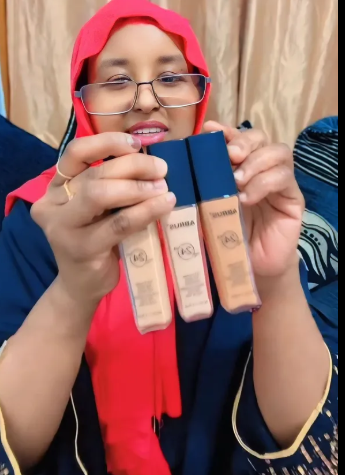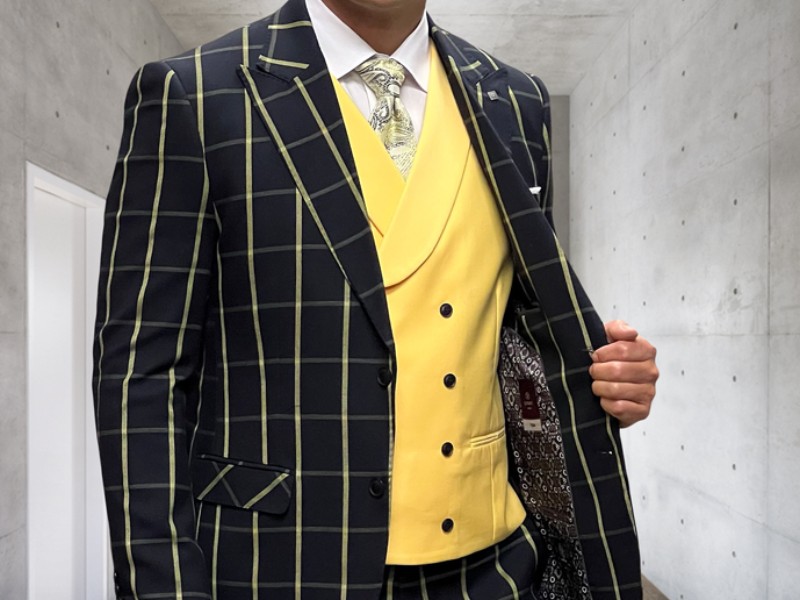Henna, known as Bisharo in some cultures, is a natural dye derived from the leaves of the Lawsonia inermis plant. For centuries, henna has been an integral part of beauty, rituals, and celebrations across the Middle East, North Africa, South Asia, and beyond. Its deep cultural significance, medicinal properties, and artistic versatility make it a cherished tradition that continues to thrive in modern times.
In this article, we will explore the history, cultural importance, application techniques, and contemporary trends of Bisharo Henna, showcasing why it remains a beloved art form worldwide.
The History and Origins of Henna
The use of henna dates back over 5,000 years, with evidence found in ancient Egyptian mummies, where it was used for cosmetic and medicinal purposes. Historical records suggest that Cleopatra herself adorned her body with henna designs.
In South Asia and the Middle East, henna became deeply rooted in cultural and religious traditions. It is commonly applied during weddings, festivals (such as Eid and Diwali), and other significant life events. The term Bisharo may refer to the blessings and good fortune associated with henna applications in certain cultures.
Cultural Significance of Bisharo Henna
Henna is more than just body art—it carries deep symbolic meanings:
1. Weddings and Bridal Henna
- In many cultures, the henna night (Mehndi night) is a pre-wedding ceremony where the bride’s hands and feet are adorned with intricate designs.
- The darker the henna stain, the stronger the love and bond between the couple is believed to be.
- Some traditions say that the bride should not work until her henna fades, symbolizing her transition into a new life.
2. Religious and Festive Celebrations
- During Eid al-Fitr and Eid al-Adha, many Muslim women apply henna as a form of celebration.
- In Hindu traditions, henna is applied during Diwali and Karva Chauth for prosperity and marital bliss.
3. Healing and Protection
- Henna has natural cooling properties and was historically used to soothe burns and skin conditions.
- Some cultures believe henna wards off the “evil eye” and brings good luck.
The Art of Applying Bisharo Henna
Creating beautiful henna designs requires skill and creativity. Here’s how it’s traditionally done:
1. Preparing the Henna Paste
- Fresh henna leaves are dried, ground into powder, and mixed with water, lemon juice, sugar, and essential oils (like eucalyptus or tea tree oil) to enhance color.
- The paste is left to rest for 6-12 hours to release the dye (lawsone), which stains the skin.
2. Application Techniques
- Cones or Applicator Bottles: The paste is filled into a cone or bottle with a fine tip for precise designs.
- Freehand Designs: Artists draw intricate patterns such as:
- Floral motifs (roses, lotus, vines)
- Geometric patterns (mandalas, paisleys)
- Bridal designs (covering hands, arms, and feet)
3. Aftercare for a Darker Stain
- Let the paste dry for 2-6 hours before scraping it off.
- Avoid water for 12-24 hours to allow the stain to develop.
- Applying a sugar-lemon sealant can help darken the stain.
Modern Trends in Bisharo Henna
While traditional henna remains popular, contemporary artists have introduced new styles:
- White Henna (Gopi Paste): A temporary alternative for those who prefer a different look.
- Glitter & Gemstone Henna: Embellished with sequins and jewels for extra glam.
- Black Henna (Caution!): Some commercial “black henna” contains harmful chemicals like PPD—always opt for natural henna.
- Fusion Designs: Mixing Arabic, Indian, and Western patterns for unique creations.
Conclusion
Bisharo Henna is more than just body art—it’s a celebration of heritage, love, and beauty. Whether worn for a wedding, festival, or simply as self-expression, henna continues to captivate people worldwide with its rich history and stunning designs.



